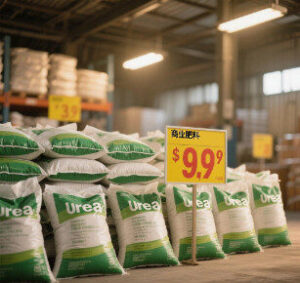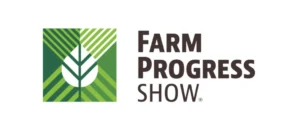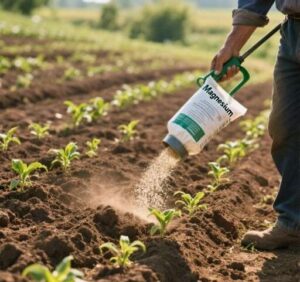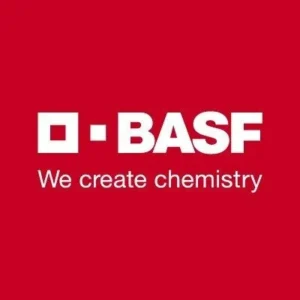The latest round of U.S. fertilizer import tariff policies officially took effect on August 7, 2025. These policies are reshaping global fertilizer trade flows and exacerbating tensions in global supply chains. While some major fertilizer-exporting countries are facing sharp tariff hikes, Russia and the Gulf states are maintaining relatively low tariff levels. This leaves the global fertilizer market fragmented.
Most fertilizer-exporting countries have been significantly affected by core changes to tariff rates. Countries such as Trinidad and Tobago, Nigeria, Israel, and Jordan have seen their tariffs increase from 10% to 15%. Algeria, a major global urea supplier, has been hit even harder, with its tariffs surging from 10% to 30%. Conversely, Saudi Arabia, Qatar, and Russia have maintained 10% tariffs or enjoy duty-free treatment, enabling them to maintain their competitive advantage. Regarding regional agreements, fertilizer products from Canada and Mexico that meet the standards of the United States–Mexico–Canada Agreement (USMCA) continue to be exempt from tariffs. However, the tariff treatment for noncompliant Mexican phosphate imports remains unclear.
At the market level, signs of restricted liquidity and shifting trade flows have emerged. Currently, urea and diammonium phosphate (DAP) prices are stable. The barge FOB price of urea at the Port of New Orleans is $458–$462 per ton, and the FOB price of DAP is $805 per ton, which is unchanged from pre-policy announcement levels. Phosphate suppliers have begun actively avoiding the U.S. market. Since the initial tariff policy was introduced in April, major DAP and monoammonium phosphate (MAP) producers have redirected their shipments to other markets. Israel is an exception; it still maintains small exports of triple superphosphate (TSP). Nitrogen fertilizer exporters are also gradually withdrawing from the U.S. market. After the 10% tariff policy took effect in April, most global nitrogen fertilizer suppliers stopped shipping to the U.S., except for urea ammonium nitrate (UAN) and ammonia from Trinidad. However, with further tariff hikes now in place, even these exports are at risk.
The duty-free policies under the USMCA bring convenience but also leave lingering uncertainties. Compliant fertilizer products from Canada and Mexico, such as potash, nitrogen, and sulfur fertilizers, continue to enjoy zero tariff benefits. However, non-compliant Canadian fertilizer imports now face a 35% tariff, while non-compliant Mexican fertilizers are subject to a 25% tariff. Particularly in the phosphate sector, whether Mexican phosphates qualify for duty-free treatment depends on raw material sources, making traders generally cautious.
The current market presents a mix of short-term relief and long-term challenges. Shipments for the 2025 autumn season will remain unaffected, as fertilizers loaded before August 7 and arriving at ports by October 5 are exempt from the new tariffs, ensuring stable autumn supply. However, risks for spring 2026 have already begun to surface. If tariff policies remain in place, U.S. distributors may face import shortages during peak seasonal demand.
This policy adjustment has had a significant global impact. Significant shifts are occurring in supply chains: exporting countries such as Algeria and Trinidad may redirect their target markets to Latin America, Africa, or Asia to avoid U.S. tariffs. Price pressures have also intensified. Due to tight global supply—a situation worsened by supply chain disruptions from the Ukraine crisis—the prices of urea and DAP in non-U.S. markets may rise. Meanwhile, U.S. farmers are facing higher fertilizer costs, which are being compounded by lower commodity prices.
Looking ahead, market volatility is likely to persist. The current average U.S. fertilizer tariff is 15.2%, which is relatively high since World War II. This means the fertilizer market will face more uncertainty. While USMCA partners and duty-exempt countries will benefit, other nations will have to adapt by absorbing additional costs, expanding export markets, or seeking tariff exemptions. Currently, fertilizer supplies for the autumn harvest are secure; however, uncertainties for the 2026 planting season have quietly emerged.









